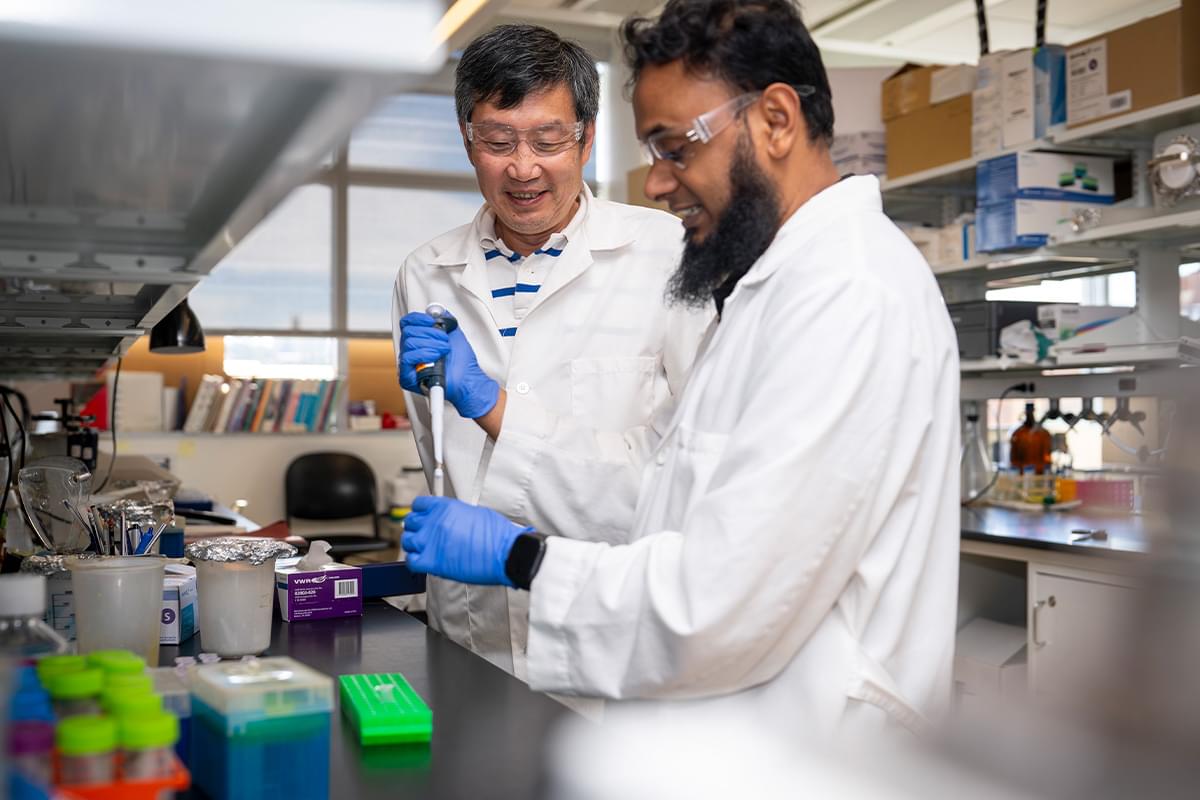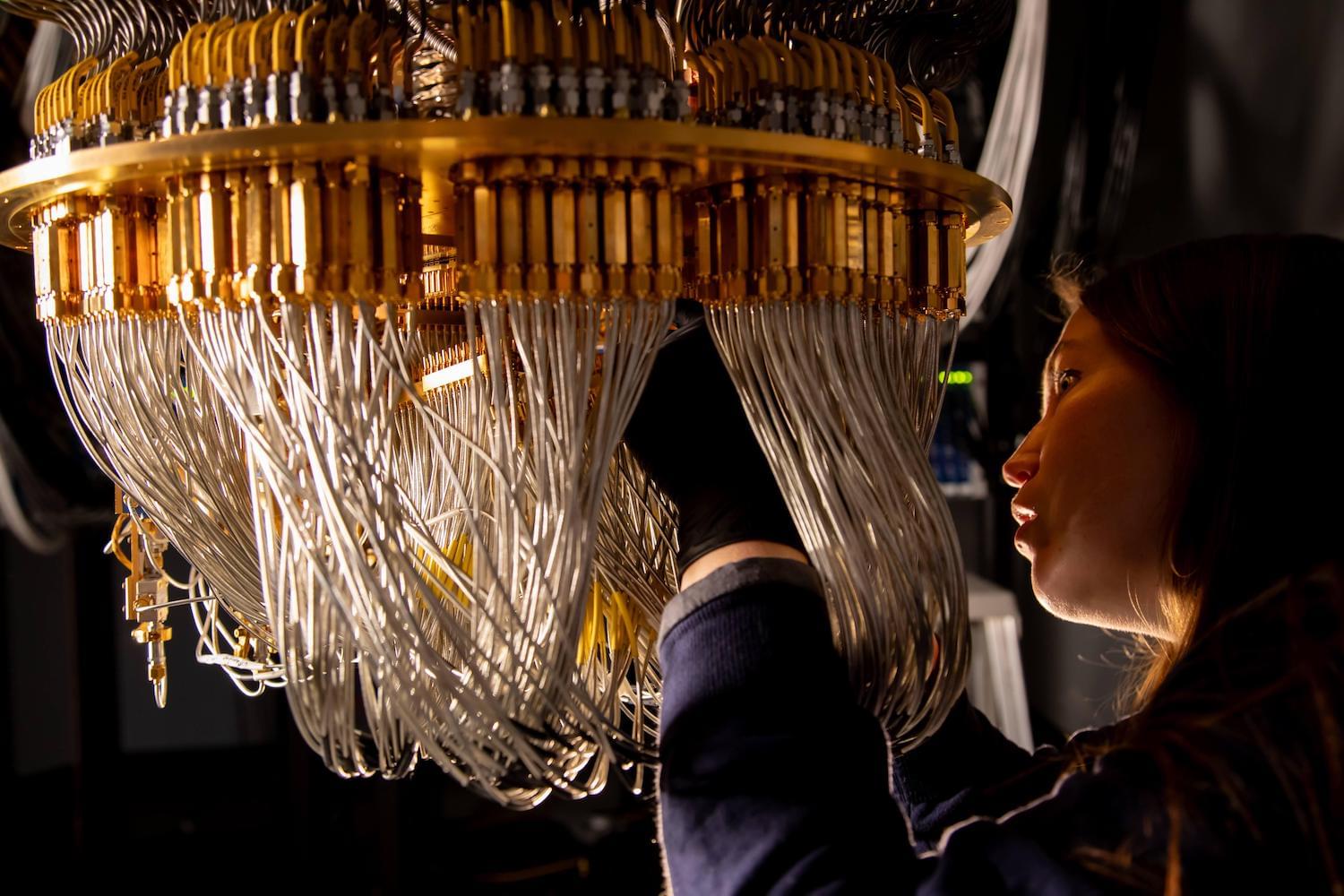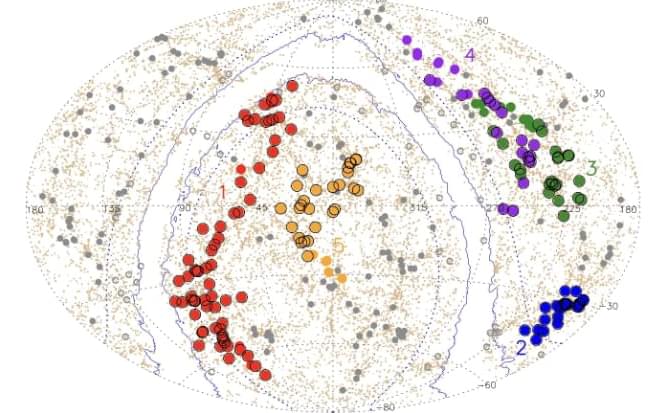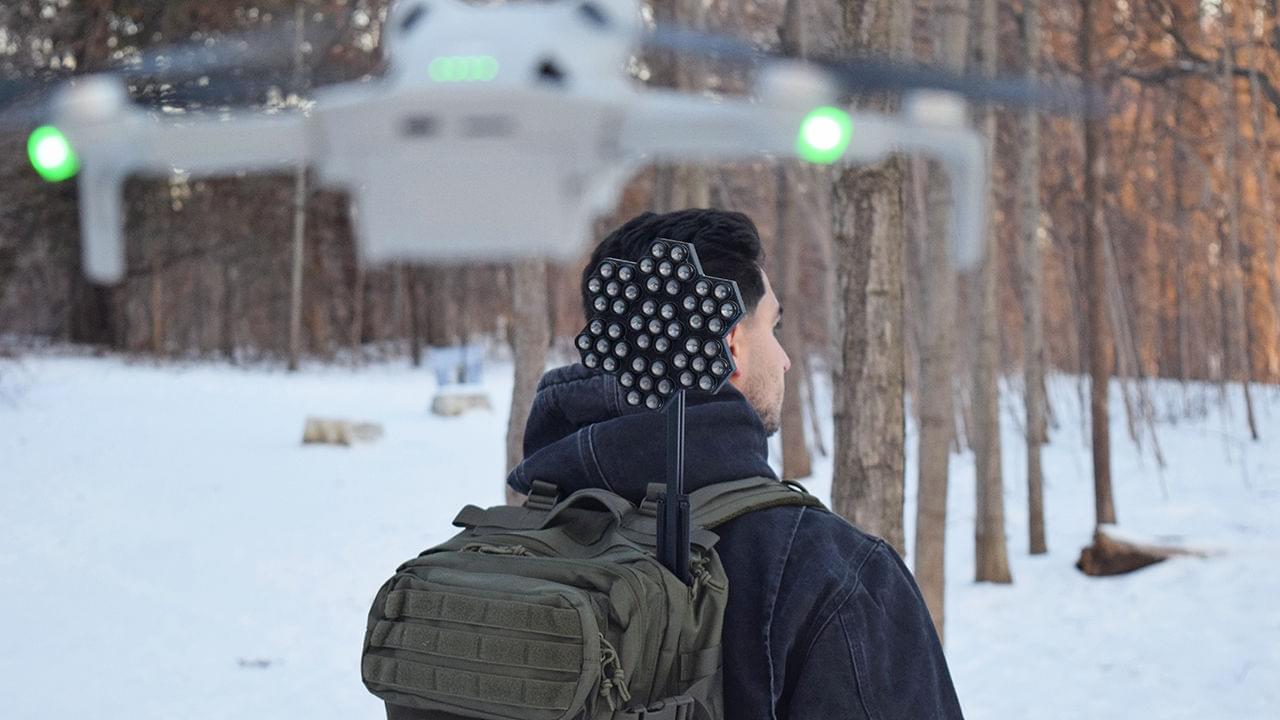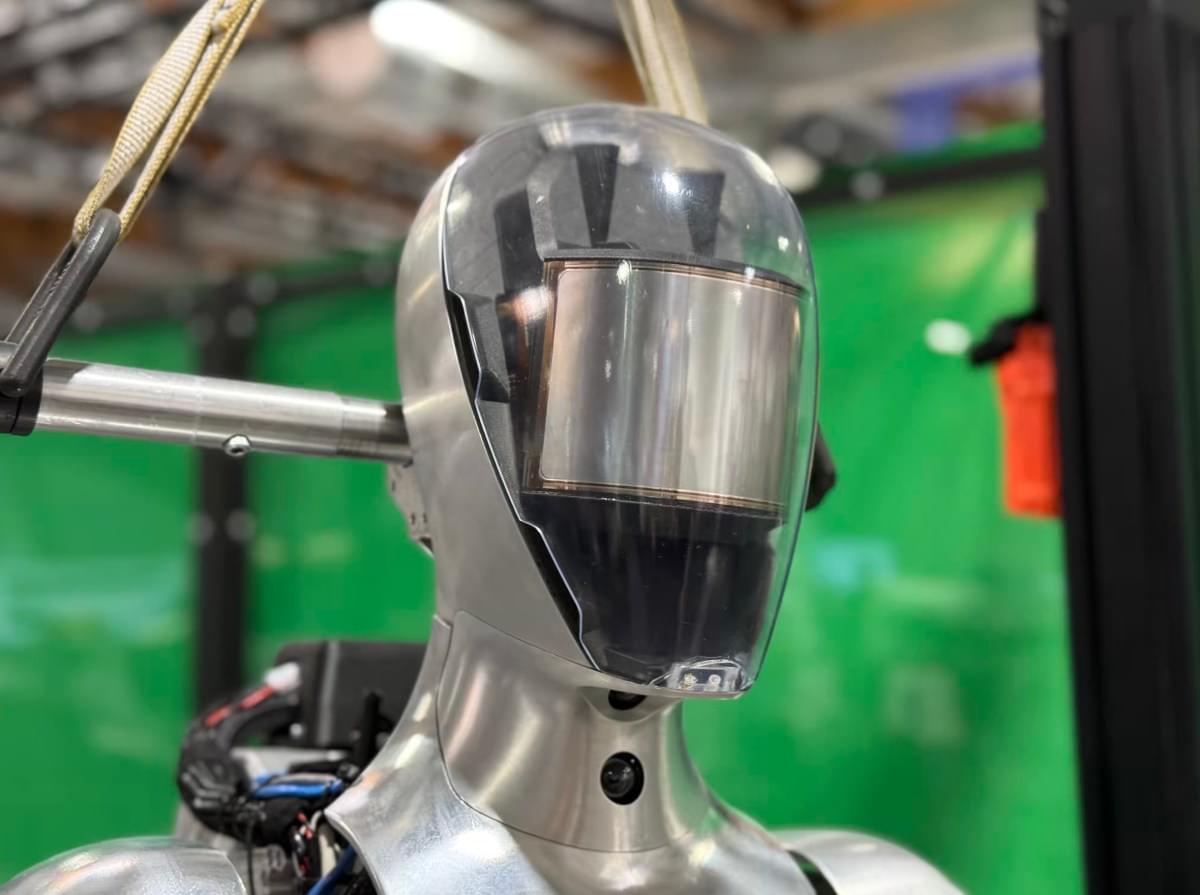Olive oil bioactives, including MUFAs, polyphenols, and triterpenoids, modulate gene expression linked to insulin sensitivity, inflammation, and beta-cell function, offering potential benefits for Type 2 Diabetes Mellitus prevention and management.
Last month was the world’s warmest January on record and raised further questions about the pace of climate change, scientists say.
January 2025 had been expected to be slightly cooler than January 2024 because of a shift away from a natural weather pattern in the Pacific known as El Niño.
But instead, last month broke the January 2024 record by nearly 0.1C, according to the European Copernicus climate service.
In December, the company gave access to developers and trusted testers, as well as wrapping some features into Google products, but this is a “general release,” according to Google.
The suite of models includes 2.0 Flash, which is billed as a “workhorse model, optimal for high-volume, high-frequency tasks at scale,” as well as 2.0 Pro Experimental for coding performance, and 2.0 Flash-Lite, which the company calls its “most cost-efficient model yet.”
Gemini Flash costs developers 10 cents per million tokens for text, image and video inputs, while Flash-Lite, its more cost-effective version, costs 0.75 of a cent for the same. Tokens refer to each individual unit of data that the model processes.
Researchers create genetically engineered mice with human-like telomeres, allowing effects of interventions to be observed in mammals.
An analog-digital approach to quantum simulation could lay the foundations for the next generation of supercomputers to finally outpace their classical predecessors.
Is it possible to understand the Universe without understanding the largest structures that reside in it? In principle, not likely.
In practical terms? Definitely not. Extremely large objects can distort our understanding of the cosmos.
Astronomers have found the largest structure in the Universe so far, named Quipu after an Incan measuring system. It contains a shocking 200 quadrillion solar masses.
Figure AI CEO Brett Adcock promised to deliver “something no one has ever seen on a humanoid” in the next 30 days.
“We found that to solve embodied AI at scale in the real world, you have to vertically integrate robot AI.”
“We can’t outsource AI for the same reason we can’t outsource our hardware.”
Figure AI, a robotics company working to bring a general-purpose humanoid robot into commercial and residential use, announced Tuesday on X that it is exiting a deal with OpenAI. The Bay Area-based outfit has instead opted to focus on in-house AI owing to a “major breakthrough.” In conversation with TechCrunch afterward, founder and CEO Brett Adcock was tightlipped in terms of specifics, but he promised to deliver “something no one has ever seen on a humanoid” in the next 30 days.
The company updated its ‘Responsible AI’ principles, which no longer includes a pledge to not use AI for weapons or surveillance.
The rise of antimicrobial resistance has rendered many treatments ineffective, posing serious public health challenges. Intracellular infections are particularly difficult to treat since conventional antibiotics fail to neutralize pathogens hidden within human cells. However, designing molecules that penetrate human cells while retaining antimicrobial activity has historically been a major challenge. Here, we introduce APEXDUO, a multimodal artificial intelligence (AI) model for generating peptides with both cell-penetrating and antimicrobial properties. From a library of 50 million AI-generated compounds, we selected and characterized several candidates. Our lead, Turingcin, penetrated mammalian cells and eradicated intracellular Staphylococcus aureus. In mouse models of skin abscess and peritonitis, Turingcin reduced bacterial loads by up to two orders of magnitude. In sum, APEXDUO generated multimodal antibiotics, opening new avenues for molecular design.
CFN provides consulting services to Invaio Sciences and is a member of the Scientific Advisory Boards of Nowture S.L., Peptidus, European Biotech Venture Builder and Phare Bio. CFN is also a member of the Advisory Board for the Peptide Drug Hunting Consortium (PDHC). The de la Fuente Lab has received research funding or in-kind donations from United Therapeutics, Strata Manufacturing PJSC, and Procter & Gamble, none of which were used in support of this work. An invention disclosure associated with this work has been filed. All other authors declare no competing interests.



